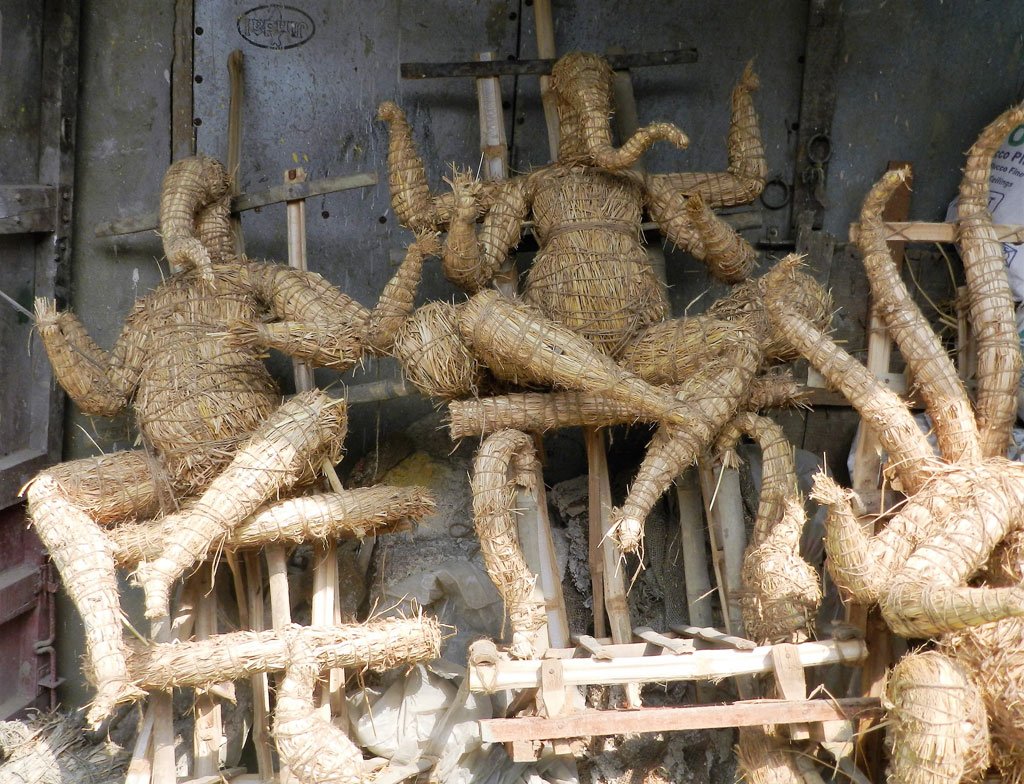The past year had been a year of travels. I was lucky to have been able to see so many beautiful places and the art that each place offered.
In spring, I traveled through Honfleur and Paris in France. It was amazing to see the art in the streets, museums and Monet’s house.
Thanksgiving is when we went to Alhambra and Madrid in Spain. Although the visit was short, I did manage to see some amazing pottery that dated back several hundreds of years. The pottery that I saw here had alot of mosaic and hand painted work.
We then ended the year with our visit to Cambodia and Vietnam this past year. In Cambodia I was also able to visit a pottery studio!
Here are a few photos from each place that I would like to share that has inspired me.








































